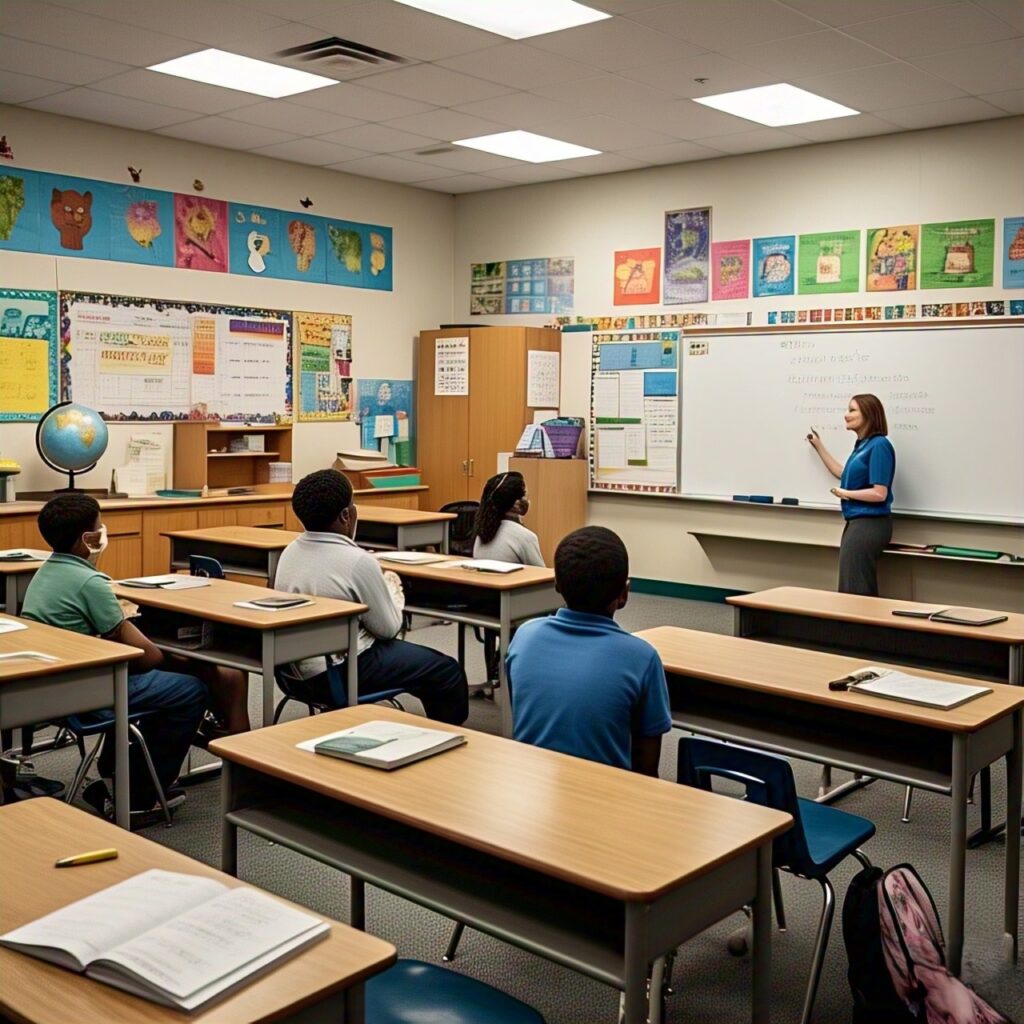PSLE in Singapore: A Complete Guide for Parents and Students
The Primary School Leaving Examination (PSLE) in Singapore is a key academic milestone. It evaluates a child’s proficiency in English,...

The Primary School Leaving Examination (PSLE) in Singapore is a key academic milestone. It evaluates a child’s proficiency in English, Mathematics, Science, and Mother Tongue before they progress to secondary education. Over time, the PSLE has seen several changes, especially in how performance is assessed and how the academic calendar is structured.
we’ll explore the updated format of the PSLE, provide insights into how the AL system works, and explain how to approach the PSLE schedule effectively to support your child’s journey.
Understanding the Purpose of PSLE
The PSLE is designed to help students transition smoothly from primary to secondary school. It tests their foundational understanding and determines which secondary school stream—Express, Normal (Academic), or Normal (Technical)—would be the best fit based on their performance.
While exams can be a source of anxiety for many students and parents, understanding the structure and purpose of the PSLE can make the journey smoother and more manageable.
The Structure of the AL PSLE Scoring System
Here’s a quick breakdown of how the AL system works:
| Achievement Level | Marks Range |
|---|---|
| AL1 | 90–100 |
| AL2 | 85–89 |
| AL3 | 80–84 |
| AL4 | 75–79 |
| AL5 | 65–74 |
| AL6 | 45–64 |
| AL7 | 20–44 |
| AL8 | Below 20 |
Each subject’s score is based on the student’s actual performance, not a curve. The AL PSLE system focuses on rewarding subject mastery and steady effort throughout the school year.
Planning Around the PSLE Schedule
Preparation for PSLE should begin months in advance, which makes understanding the PSLE schedule vital. Each year, the schedule is released well ahead of time and typically includes:
- Listening Comprehension (English and Mother Tongue)
- Written Examinations for all subjects
- Oral Exams
- Marking Days and Results Release Date
In the middle of the academic year, students and parents should refer to the official PSLE schedule and build a revision timetable. This helps avoid last-minute cramming and ensures balanced preparation across all subjects.

Tips for Using the PSLE Schedule Effectively
- Start Early: Once the PSLE schedule is announced, mark key dates on a calendar.
- Break Down Topics: Allocate time weekly to cover different subjects.
- Practice with Mock Papers: Use past-year questions to simulate exam conditions.
- Prioritize Weak Areas: Focus more time on subjects where your child needs improvement.
- Keep a Rest Schedule: Balance is key. Ensure enough downtime to avoid burnout.
How the AL PSLE Score Impacts Secondary School Placement
The total AL PSLE score ranges from 4 to 32, and this determines which secondary school stream a student qualifies for. Placement is based on merit and the availability of places at the preferred schools.
This new method means students with similar AL PSLE scores are considered equally, minimizing stress over a few marks. It also helps parents guide their children toward realistic and suitable school choices.
Building the Right Mindset
Success in PSLE isn’t just about grades—it’s also about resilience and a positive attitude. Encourage your child to:
Understand the meaning behind their AL PSLE scores and see them as steps toward growth.
Role of Parents in the AL PSLE Journey
Reviewing the PSLE schedule together and planning for exam weeks
Discussing the AL PSLE scoring system to reduce anxiety
Encouraging regular study habits and rest
Providing emotional support during high-pressure periods
Conclusion
The AL PSLE system and the PSLE schedule are important tools in the academic journey of every Primary 6 student in Singapore. While the road may seem challenging at times, understanding how to work with the new structure and staying organized throughout the year can lead to a more positive and less stressful experience.
The PSLE isn’t just about getting into a good school it’s about developing the habits and mindset that prepare children for lifelong learning. With the right guidance, realistic planning, and emotional support, every child can achieve their personal best and feel proud of their efforts.
Reviewing the PSLE schedule together and planning for exam weeks
Discussing the AL PSLE scoring system to reduce anxiety
Encouraging regular study habits and rest
Set realistic goals based on their past performance
Celebrate small wins throughout the year
Use the PSLE schedule to stay organized and on track






